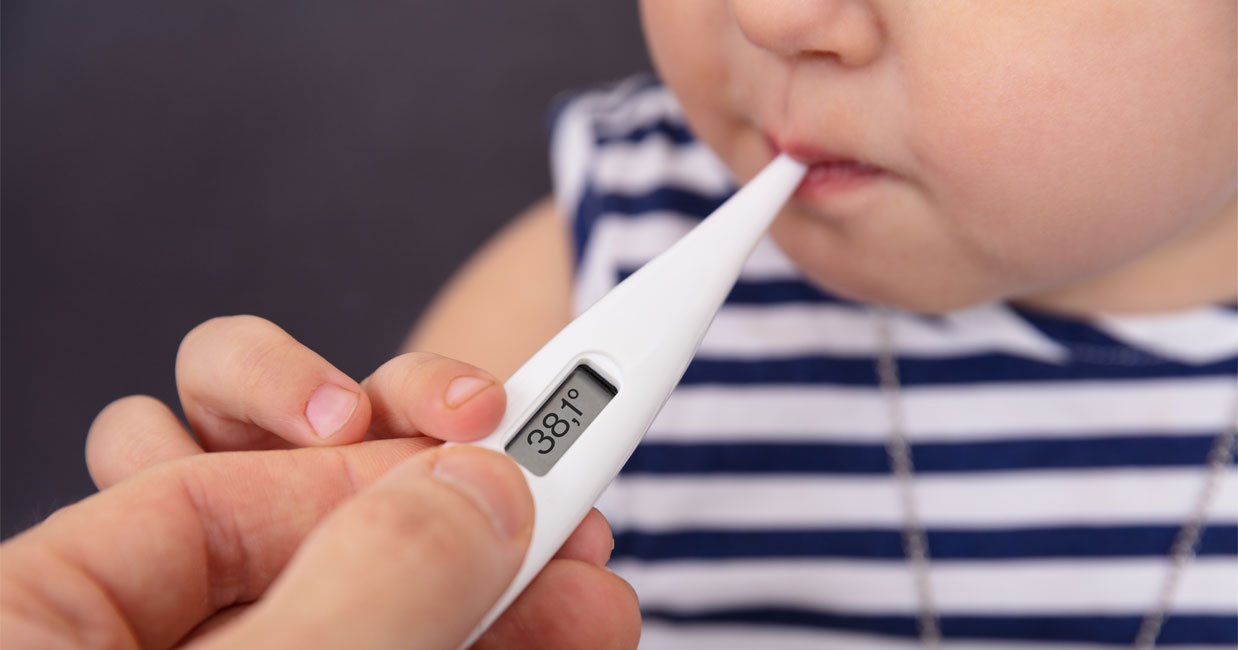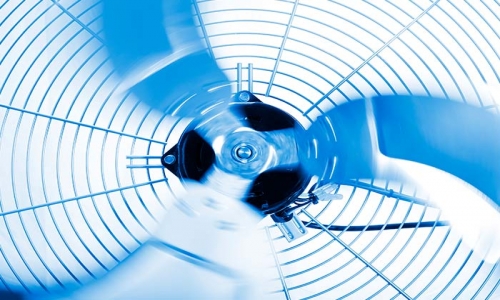05 Apr 2019

A baby has a very fragile body and can be confronted with small ailments and diseases that start with a is fever. As a baby’s body is still in development, it is prudent to act quickly in order to lower the temperature. Otitis, bronchitis, dental flare ... what steps to take and when to consult?
First steps and good gestures
The fever is an alarm signal from the body to indicate the presence of an infection or inflammation.
Baby care is special as they cannot express pain verbally. The incessant cries of the child can signal pain/anomalies as well.
It is essential to have a thermometer in the baby's kit. If there seems to be unexplained discomfort or crying, consider taking the temperature.
Faced with a high temperature, the first step is to remove a few layers of clothing and let the body temperature drop.
When a baby has a fever, it should be kept in a comfortable room temperature between 18 and 20 ° C and give him plenty of water to drink and fluids to prevent dehydration. Do this regularly as during the first months babies can not express thirst.
What treatments for fever?
From 38.5 ° C, you should consult your pediatrician to diagnose the origin of this fever and prescribe the appropriate treatment, but if it reaches 40 ° C, there is an emergency.
The fever may be of inflammatory origin (dental flare) or infectious (viral or bacterial). Only the doctor is able to diagnose it and the treatment will be specific.
Generally to lower the fever, the doctor prescribes paracetamol in addition to other medicines to cure the cause.
How to react to a convulsion?
A febrile convulsion is a crisis that presents itself with an impressive clinical picture, but without gravity. It occurs in children from 5 months to 5 years (with a peak around 18 months). This convulsive crisis is manifested by muscular contractions giving a general agitation of the body, a fixed gaze and loss of consciousness.
A seizure occurs during peak fever following infections.
Do not give the child a drink or make them swallow anything during the crisis and protect him from harm during the convulsion. It is imperative to consult the pediatrician urgently because this can be repetitive and cause sequelae.
To avoid
Self-medication: a fever does not announce the same causes, it is necessary to avoid finishing the drugs from baby’s last infection. Contact your pediatrician for advice.
Baths: the baths of warm water (-2 ° C lower that the baby’s temperature) are to be avoided to lower the fever, they can increase the gravity of the situation or even cause a convulsion.
Aspirin is to be avoided in children at risk of Reye's syndrome in case of viral infection (chickenpox, influenza, measles ...)
It is necessary to respect the intervals of the antipyretics and not to increase the doses if the fever does not lower. In this case, there might be a therapeutic resistance so you must advise your pediatrician.




